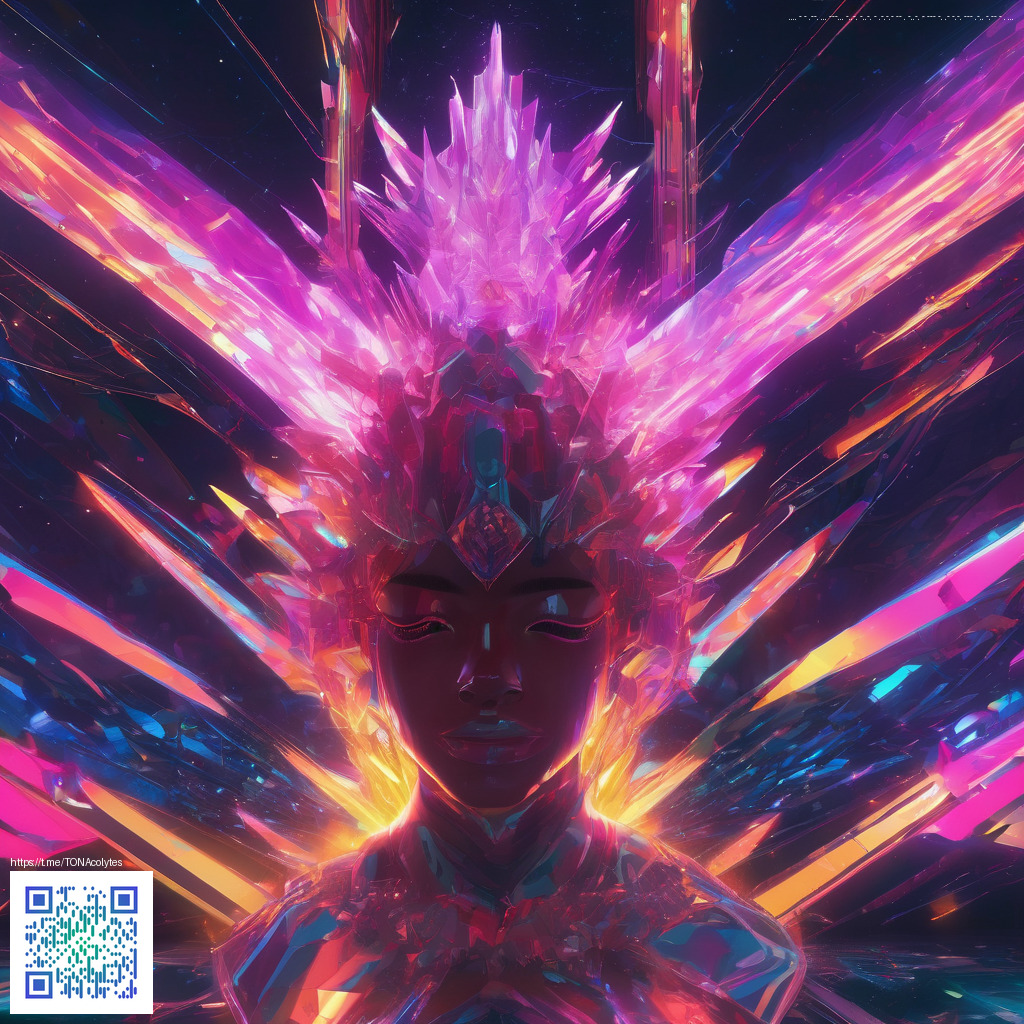
Production Challenges in Xenoblade Chronicles 3
When large scale adventures hit the shelves, fans often focus on glowing screenshots, epic boss fights, and the soundtrack that sticks in your head for weeks. Behind the magic, there’s a mess of decisions, tradeoffs, and late nights that shape every facet of the final product. This piece dives into the production journey that brought a sprawling hybrid narrative to life, highlighting the key hurdles from engine tweaks to localization, and the conversations that ripple through the community long after release.
Engine, scale, and the art of balance
Monolith Soft faced a formidable challenge: fuse two historically expansive Xenoblade experiences into a single, cohesive journey without sacrificing the signature rhythm of real-time combat and open environment exploration. The team leaned into careful world-building that blends expansive maps with densely packed set pieces, all while keeping performance on a Nintendo Switch hardware baseline. The result is a sense of scale that rewards exploration without tipping into constant frame-rate battles. For players, this balance translates into more moments where you can roam, gather, and experiment with party configurations, but it required a relentless process of testing and tuning behind the scenes 💠.
Localization, voice work, and cross-market ambitions
Localization is more than subtitles; it’s a production pipeline that touches dialogue pacing, cultural nuance, and timing. Translating vast branching dialogue with emotional stakes across multiple languages adds a weighty layer to the calendar. The team had to coordinate voice direction with regional teams, ensure lip-sync fidelity where relevant, and preserve humor and character identity across locales. The result is a product that speaks to a global audience, but the path to that clarity is paved with meticulous review cycles and intimate collaboration between writers, voice cast, and localization partners.
QA tides, patch cadences, and ongoing refinement
Launch is not the finish line; it’s the starting pistol for a long season of patches and refinements. Quality assurance teams replicated countless battle scenarios, timed events, and cooperative modes to uncover edge cases that only appear under rare conditions. Post-launch updates typically focus on balance adjustments, bug fixes, and quality-of-life improvements that align with community feedback. The patch cadence becomes a dialogue with players, where perceived issues can reshape systems and pacing long after the initial push to market 👾.
“ ambitious design choices had to be weighed against the practical limits of hardware and the expectations of a diverse player base. The result is a title that feels expansive yet approachable, with ongoing updates that reflect how players actually experience the game.”
Community pulse and the voice of players
The community acts as a live testing ground for ideas that sometimes originate in the design studio. Player-driven analyses of class synergy, grid pacing, and late-game encounters can illuminate gaps that aren’t always obvious during development. This feedback loop doesn’t just influence fixes; it informs future content directions and even the way developers talk about the product in post-release interviews. It’s a living conversation that helps the game evolve beyond its launch window, turning fan theories into practical improvements.
Modding culture and developer commentary
On the surface, a Nintendo Switch title might seem distant from a robust modding ecosystem. Yet the community’s curiosity drives experimentation with texture packs, user-generated guides, and data-driven analyses of combat math. While direct modding on a console can be limited, PC emulation workflows, fan-made editors, and community-driven data repositories contribute to a deeper understanding of how the game’s systems interlock. Developers, in turn, acknowledge this curiosity as a compass for future refinements and potential content expansions. The balance remains clear: celebrate the creative energy of fans while maintaining the integrity of the official release.
Looking ahead: updates, DLC, and cross-media potential
Update coverage remains a central thread in the life of any big release. Even years after launch, players still interrogate balance tweaks, hidden encounter rewards, and the longevity of post-game content. The development team often candidly discusses how those updates are shaped by both internal roadmaps and the vibrant player community. With a world so rich in lore and character, there’s always room for thoughtful expansions that honor established mechanics while inviting fresh experimentation.
As fans, we celebrate the product not only for its polished moments but for the stubborn, human process that makes it possible. The road from concept to cartridge is rarely glamorous in the moment; it’s a mosaic of compromises, passionate debates, and shared joy when new features finally click in the field. And that energy—the same energy you bring to every late-night quest and theory crafting session—keeps this genre thriving 💠.
For readers who crave deeper dives, the network below curates a spectrum of related content from game economy analysis to collectible trends. These pieces illustrate how adjacent communities track data, value, and cultural impact in parallel digital ecosystems.
Support a decentralized Internet